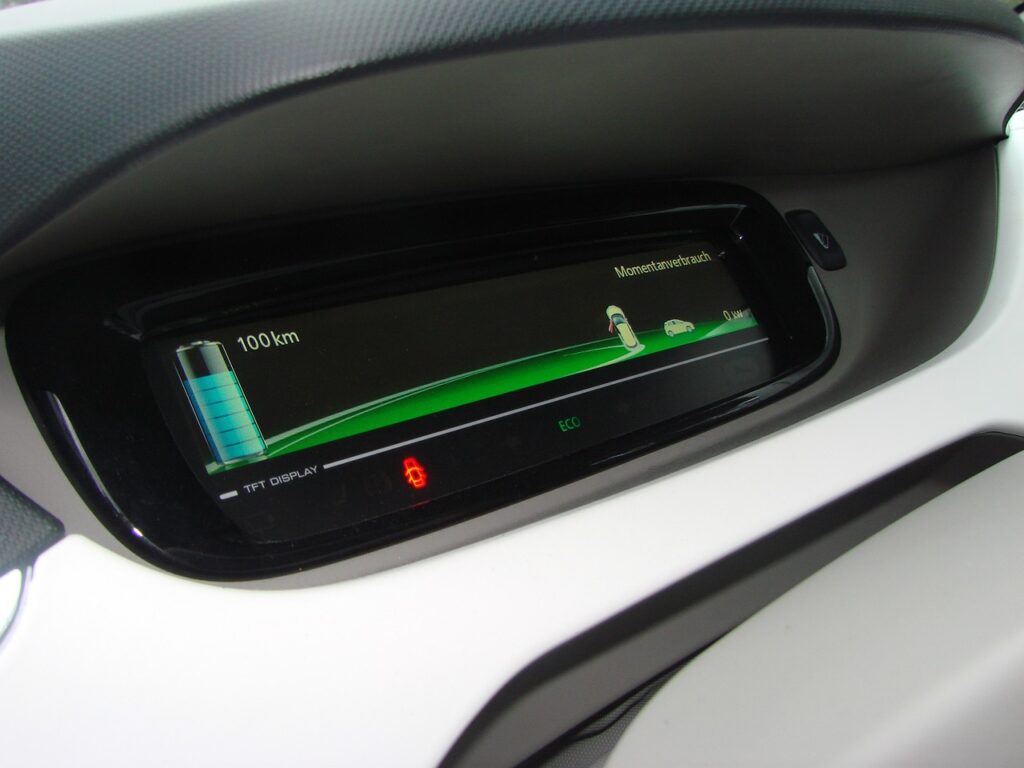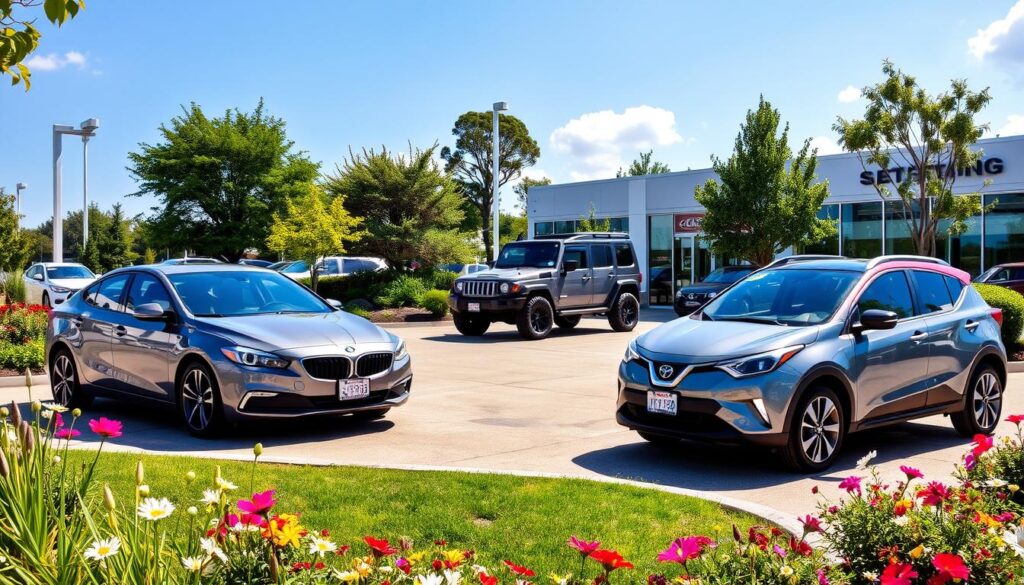How Long Are Car Seats Good For?
As a parent, keeping your child safe in a car is top priority. Car seats are key to this safety. It’s important to know how long they last and what affects their lifespan. The expiration date on a car seat is a big deal, as it affects how well it protects your child. Knowing how long car seats last helps you make smart choices about when to get new ones. The life of a car seat depends on its type, how it’s used, and how well it’s cared for. This article will guide you on the best time to replace a car seat. We’ll cover expiration dates and the usual life span of different types of seats. Understanding Car Seat Expiration Dates As a parent, keeping your child safe in a car is top priority. Knowing the car seat expiration date is key. The life of a car seat is set by the maker. It’s vital to follow safety rules to protect your child. The expiration date is not random. It’s about how materials in the seat wear out. This can change how safe the seat is in an accident. Look for the expiration date on the manufacturer’s label or instructions. Why Car Seats Have Expiration Dates Car seats expire because their materials can weaken over time. This makes them less safe in accidents. Heat, light, and wear can all damage the materials. Where to Find Your Car Seat’s Expiration Date The expiration date is usually on the bottom or back of the seat. It’s important to check this often. If you’re not sure, look at the manufacturer’s instructions or call their customer service. Typical Lifespan of Different Car Seat Types Car seats vary in how long they last. Infant seats usually don’t last as long as convertible seats. Always follow the maker’s advice for your seat type to keep your child safe. How Long Are Car Seats Good For: Factors Affecting Lifespan When thinking about how long are car seats good for, don’t just look at the expiration date. The lifespan of car seats can change based on how often they’re used, how well they’re cared for, and how they’re stored. Knowing these factors is key to keeping your child safe on the road. Several things can impact a car seat’s lifespan. For example, a car seat used every day might not last as long as one used less often. Keeping the seat clean and checking it regularly can also help it last longer. Following car seat safety guidelines is also vital. This means registering the seat with the maker, following their setup and use rules, and staying informed about recalls. These steps help keep your child safe and extend the life of the car seat. Here are some tips to remember: Signs It’s Time to Replace Your Car Seat As a parent, keeping your child safe while traveling is key. Knowing when to replace your car seat is important. Car seats have a lifespan, and some signs show it’s time for a new one. It’s vital to understand car seat safety guidelines to make the right choice. Look for physical damage like cracks, frays, or broken buckles on your car seat. Age also plays a role, as car seats can only handle so much use before needing a replacement. Car seat safety guidelines suggest checking your seat often for any signs of wear. Physical Damage Indicators Age-Related Wear and Tear Most car seats have an expiration date, ranging from 6 to 12 years. It’s important to check your seat’s expiration date and follow the manufacturer’s guidelines. If you’ve been in an accident, it’s crucial to replace your car seat to ensure your child’s safety. Post-Accident Replacement Guidelines After an accident, it’s vital to replace your car seat, even if it looks fine. The seat might have internal damage that’s not visible. This could affect its ability to protect your child in future accidents. By following car seat safety guidelines and understanding their lifespan, you can keep your child safe while traveling. Conclusion: Ensuring Your Child’s Safety Through Proper Car Seat Maintenance As a caring parent, keeping your child safe on trips is key. Knowing about car seat expiration dates and how long they last helps a lot. Regular checks for damage and timely replacements are vital for safety. Investing in your child’s safety is important. By following the tips in this article, you ensure your child rides safely. Stay alert, stay updated, and keep your child safe on the road. FAQ How long are car seats good for? Car seats last different lengths based on their type, use, and care. Most have an expiration date, usually 6-10 years from when they were made. Always check your car seat’s expiration date and replace it to keep your child safe. Where can I find the expiration date on my car seat? The expiration date is on a label on the car seat or in the manual. Look for it on the bottom, back, or side. Make sure to replace the car seat before it expires. What factors affect the lifespan of a car seat? Several things can shorten a car seat’s life. The materials, like plastic and metal, can wear down. Sunlight, extreme temperatures, and frequent use also play a role. How do I know when it’s time to replace my car seat? Look for signs like physical damage, wear, and if it’s been in an accident. Cracks, fraying, or damage mean it’s time for a new one. Also, replace it after a serious accident, even if it looks okay. What are the typical lifespans of different car seat types? Different car seats last for various times: – Rear-facing seats: 2-4 years – Forward-facing seats: 6-10 years – Booster seats: 6-10 years Always follow the maker’s advice and replace the seat before it expires for your child’s safety.
How Long Are Car Seats Good For? Read More »








